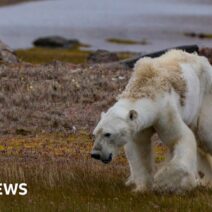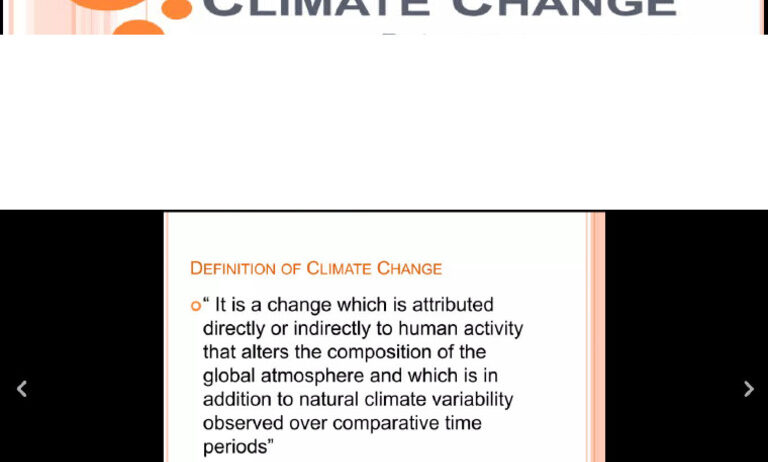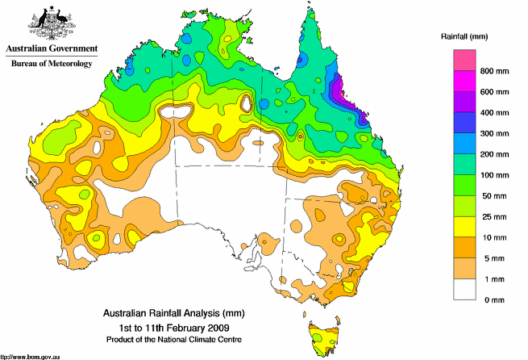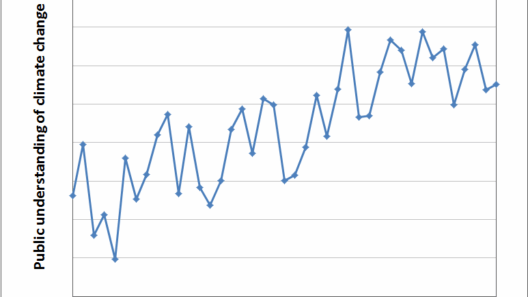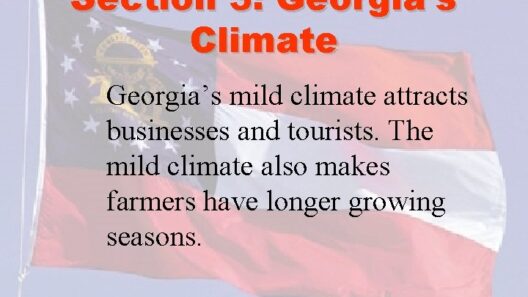Understanding climate change is pivotal in our quest to mitigate its impacts. As a global concern, the factors contributing to climate change are multifaceted. This article delves into the major causes of climate change, illuminating the intricate web of human and natural influences shaping our planet’s climate system.
One of the foremost causes of climate change is the surge in greenhouse gas emissions. Primarily generated through human activities, these gases trap heat in the Earth’s atmosphere, leading to a gradual increase in global temperatures. The primary offenders include carbon dioxide (CO2), methane (CH4), and nitrous oxide (N2O).
While carbon dioxide is predominantly produced from fossil fuel combustion—such as coal, oil, and natural gas used for electricity generation, transportation, and industry—deforestation also plays a crucial role. Trees act as carbon sinks, absorbing CO2, and when they are cut down or burned, this carbon is released back into the atmosphere, exacerbating climate change.
Methane, on the other hand, is released during the production and transport of coal, oil, and natural gas. Additionally, it is generated in significant quantities through agricultural practices, particularly livestock digestion and the management of organic waste in landfills. The potency of methane as a greenhouse gas is formidable; it is over 25 times more effective than CO2 at trapping heat over a 100-year period.
Understanding the contribution of nitrous oxide is also essential. This gas results from agricultural activities—primarily from the application of synthetic fertilizers. Although present in smaller quantities compared to CO2 and methane, its heat-trapping capabilities are substantial, making it another significant player in the climate change arena.
Moreover, human activities have amplified natural climate processes. Urbanization, a hallmark of modern civilization, alters local climates through the “urban heat island” effect, where city areas become significantly warmer than their rural surroundings due to human-made surfaces, limited vegetation, and energy consumption.
In tandem with the anthropogenic factors, natural variations exist that influence the climate. Volcanic eruptions, for instance, can inject vast quantities of particles and gases into the atmosphere, temporarily cooling the planet by reflecting sunlight away. Conversely, the El Niño and La Niña phenomena disrupt global climate patterns, impacting weather conditions worldwide. These natural events, while not the direct cause of current climate change, interact with human-induced changes, complicating the climate narrative.
Another critical dimension of climate change causation is land use change. Expanding agricultural practices, urban sprawl, and deforestation lead to significant alterations in land cover. Every modification in land use can result in increased greenhouse gas emissions, decreased carbon storage, and changes in local and regional climates. The conversion of forests into agricultural land not only releases CO2 trapped in trees but also diminishes the Earth’s capacity to absorb future emissions.
The rise of industrial agriculture has accelerated these changes. High-demand crops are often cultivated in monocultures, which require extensive chemical inputs and irrigation, further depleting natural resources and harming ecosystems. This reliance on unsustainable practices contributes significantly to climate instability.
Transport has also transitioned into a major contributor to climate change. As societies evolve, the demand for personal and commercial transportation has skyrocketed. This shift not only leads to increased fossil fuel consumption but also to the degradation of air quality, illustrating a direct relationship between transport systems and climate disruption.
Societal norms play a considerable role in fuelling climate change. Consumer culture promotes unsustainable production and consumption patterns, which in turn lead to increased waste generation and resource depletion. The incessant quest for convenience, encapsulated in fast fashion and single-use products, leads to environmental degradation, as resources are extracted at an alarming rate.
Consequently, it is paramount to address these underlying cultural narratives that promote unsustainable practices. Empowering individuals with knowledge and alternatives, encouraging the reduction of waste, and driving the shift towards a sustainable economy are instrumental in combating climate change.
The interplay of these various contributing factors underscores the complexity of climate change. It is a multifarious issue that necessitates a holistic approach for effective mitigation. Stakeholders must adopt comprehensive strategies that encompass both local initiatives and global frameworks. Transitioning to renewable energy sources, adopting sustainable agricultural and transportation practices, and preserving natural habitats are critical steps toward reducing greenhouse gas emissions.
In conclusion, comprehending the myriad causes of climate change is vital for fostering informed discussions and catalyzing effective action. It is not merely a question of environmentalism but one of survival. By addressing both human and natural influencers, society can set forth on a path towards a more sustainable and resilient future. The urgency of the situation demands an unwavering commitment from every individual, community, and nation to combat climate change effectively.


